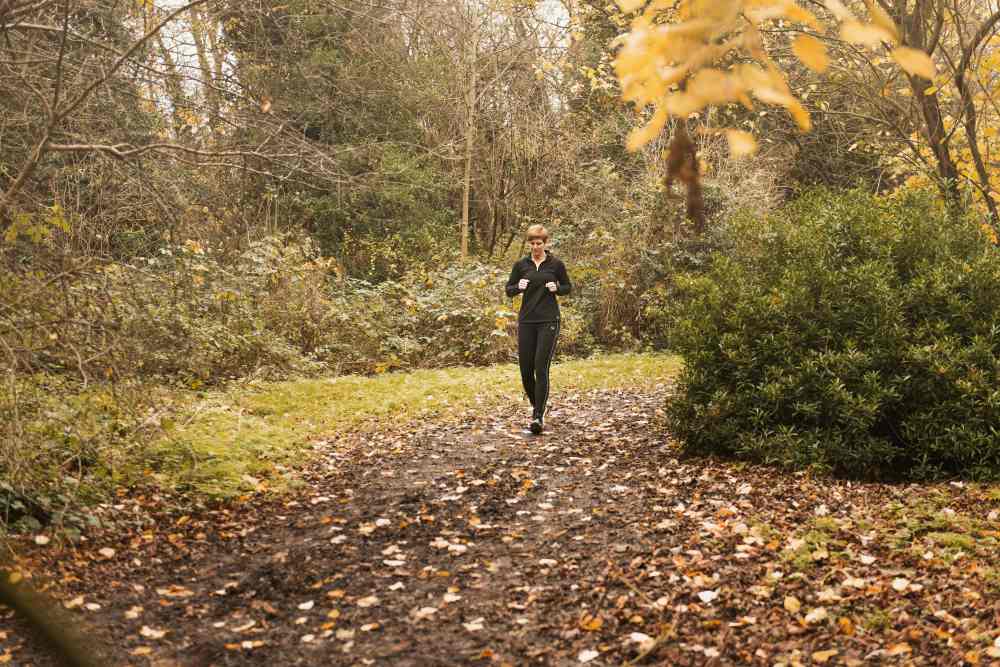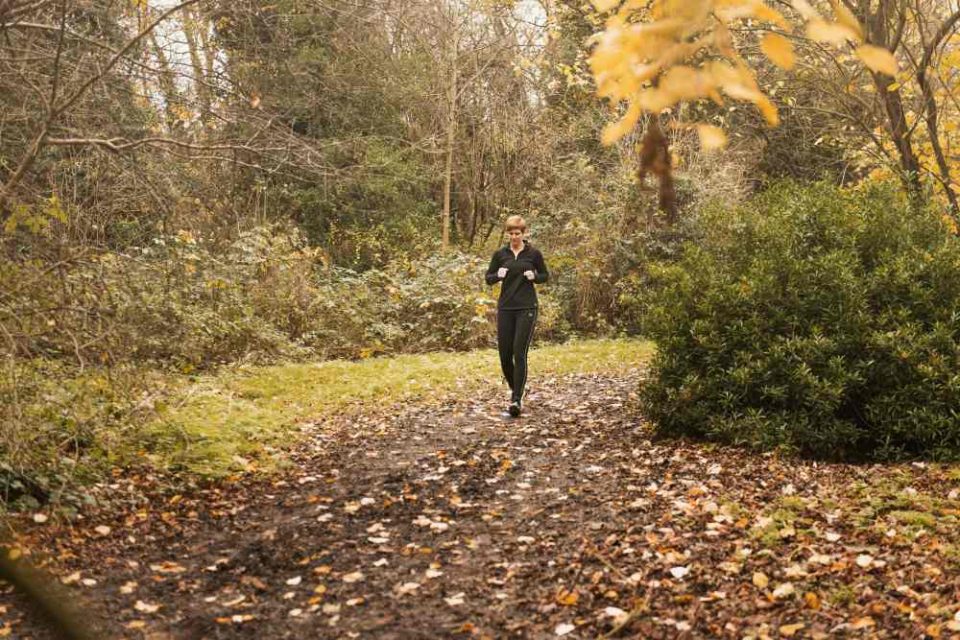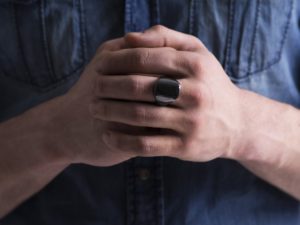
In just under two weeks, the 37th London Marathon will take place on 23rd April, starting at Blackheath / Greenwich and finishing in The Mall. Two people on the start line will be Antonia and I, aiming to raise £3k for Alzheimer’s Research. Last night, Antonia and I listened to a Facebook Live with Martin and Liz Yelling, organised by the charity. Most of the questions were about training, and whether people had done enough, should they do another long run, when should they start to taper and so on. I’ve trained several clients for a marathon, and the same thing happens every time; panic sets in a few weeks before and I refocus them on the importance of prioritising recovery and rest.
The importance of recovery
Understanding the fine line between a healthy training volume and over-training is vital, but underappreciated. Generally, we put too much emphasis on training (pushing), instead of balancing our efforts with rest and recovery (pulling back). It’s not a dark art, and but there is a science to it. Fundamentally, all the gains we make from exercise happen during the recovery phase, so it’s very important to make sure you’ve allowed yourself time for that.
What are the signs of poor recovery?
First and foremost, how do you feel? Tuning into your body is a powerful way of reconnecting with yourself. Do you feel rested? Did you sleep well? Does the thought of a busy day or exercise session fill you with dread or excitement? How energised are you? The human body is extremely adept at sending us signals, but we’ve become good at ignoring them. We’ve identified Six Signals™ that indicate where a client might have issues:
- Sleep
- Mental health
- Body composition
- Energy
- Digestion
- Fitness
We’ve observed that a client will have a red flag going up in one or more of these areas – usually two or three.
- An example of a sleep signal is waking early and being unable to go to sleep
- An example of a mental health signal is anxiety, chronic stress or burnout
- An example of a body composition signal is rapid weight gain or difficulties absorbing nutrients from food
- An example of an energy signal is fluctuating energy levels or having low energy during exercise or with your family
- An example of a digestion signal is acid reflux or loose stools
- An example of a fitness signal is sudden loss of fitness, mobility issues or unexplained aches and pains
Sympathetic versus parasympathetic dominance
The body is a complex system of nerves and impulses. The autonomic nervous system is comprised of the sympathetic nervous system and the parasympathetic nervous systems. Sympathetic relates to the fight / flight reactions. When the sympathetic nervous system is dominant, adrenaline is released by the adrenal glands, your heart rate is elevated ready for action, and blood flows to the parts of the body that need to mobilise and away from areas like the stomach (hence your appetite is suppressed when stressed). It’s normal to be in this mode some of the time, whether that’s due to stress at work, your difficult commute or during a high intensity exercise session. It’s not normal or healthy to be in this elevated state for too long. That’s when chronic stress becomes an issue, and you risk adrenal fatigue or burnout.
Parasympathetic relates to the classic rest / digest functions. This is a good state to be in most of the time, although too much time in this state will also result in health issues. A good balance is to spend most of your time in a parasympathetic state, with occasional peaks into sympathetic due to exercise and occasional and inevitable periods of moderate stress.
How can I measure sympathetic versus parasympathetic dominance?
I use a piece of wearable tech called the OURAring. The ring tells me how recovered I am based on my activity and my sleep data, and sends me actionable insights to an app on my phone. Aside from being the most accurate sleep tracker on the market, it’s a very useful way to amplify those signals sent by the body that help you understand how rested you are. I wear it 24/7 but it can be worn at night only.
Another way is to monitor your heart rate variability. I do this using a Polar H7 heart rate monitor and an app called Elite HRV. The app is free and the heart rate monitor is approximately £50. Every morning before I get up I take a morning readiness test which takes 2.5 minutes. The results of that test tell me how well recovered I am and whether I am in a sympathetic or parasympathetic state. It helps me determine how to structure my day and whether I need to take it easy and build in more breaks.
The value of a good night’s sleep
The body will do its job of healing if you have some good lifestyle habits in place. The main one is sleep; without good sleep quality, everything else will suffer – digestion, fitness, mental health, energy and you’ll struggle to maintain a healthy weight. Having a good pre-bedtime routine is essential. This might include wearing blue-light blocking glasses for watching television or screen time; turning off your Wi-Fi at night; fitting blackout blinds in the bedroom; ensuring there are no lights or LEDs or anything charging in the bedroom; having a screen curfew of 9pm; doing a short meditation or breathing exercise before sleeping or gratitude journaling.
Click here for a previous blog post on sleep, biohacks for sleep, everyone’s talking about sleep and there are a couple of good books that I recommend; Sleep by Nick Littlehales and Sleep Smarter by Shawn Stevenson.
Active recovery
Recovery isn’t all about resting, putting your feet up or sleeping. Active recovery is also very valuable, and that can be as simple as walking. You burn approximately 100 calories with every mile you travel (irrespective of speed) so taking a walk or turning part of your commute into a walk is very beneficial. Do not underestimate the power of a walk, particularly if it’s in nature; I love the idea of disconnecting with the outside world (turn off your phone or walk somewhere remote) and then reconnecting with yourself, your thoughts and nature. Recovery includes your mind and body, so anything that relaxes your brain and helps you move into a parasympathetic state is important – this includes breathing, reading, laughing, massage, enjoying a hobby or spending time with a loved one or a pet.
Put yourself in flight mode!
I love this idea. When you’re on a plane, you have no choice but to sit still, watch a movie, listen to a podcast or read a book, or chat to your travelling companion. You can’t use your phone, and you can’t busy yourself around the house or office doing jobs. Every now and again, put yourself into flight mode and enjoy some time at home or outside doing very little. Literally put your phone into flight mode so you’re not disturbed. Busy means you’re out of control. Take the time to rest and recover and balance your training and you’ll be amazed at how much more energy you have for life.
Leanne Spencer is an entrepreneur, coach, TEDx Speaker, author of Remove the Guesswork, and founder of Bodyshot Performance Limited. Bodyshot is a health and fitness consultancy that helps busy professionals get more energy by removing the guesswork around their health, fitness and nutrition. Visit www.bodyshotperformance.com or email info@bodyshotperformance.com to register your interest in our services and connect with us on Facebook, Instagram and Twitter.


